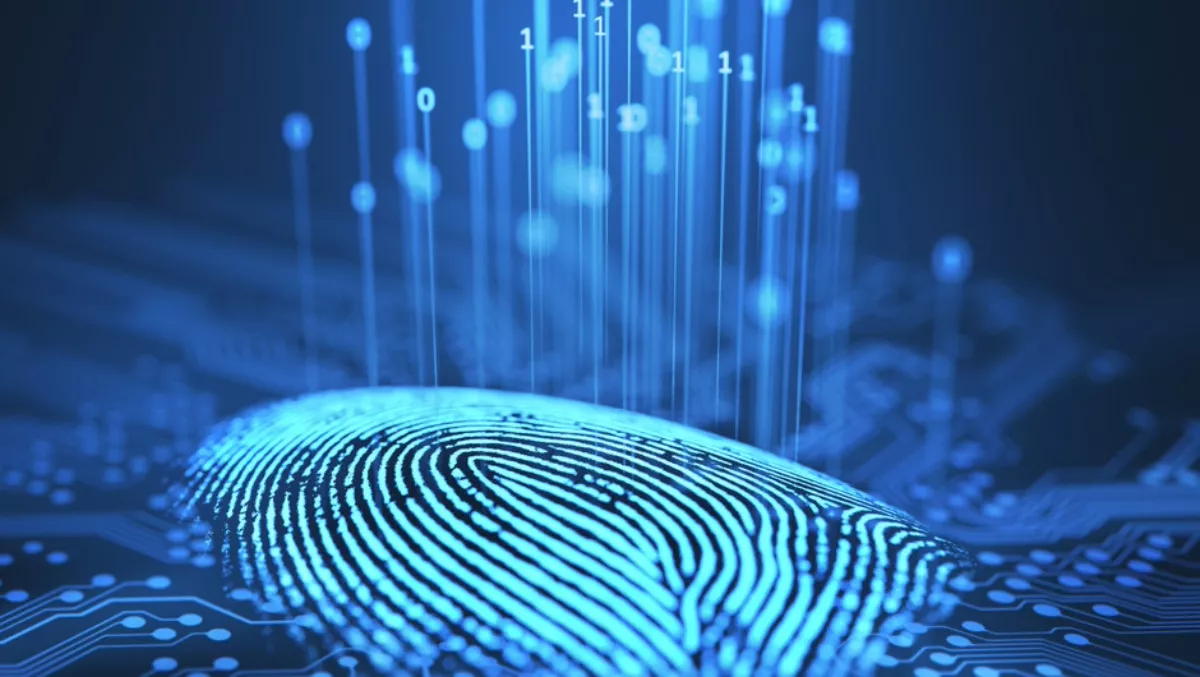
In recent years, biometric technology has been used for commercial and public consumption. Face recognition technology was used as a biometric identity verification for electronic passports and other Machine Readable Travel Documents (MRTDs). Biometrics were also used to tighten security at the borders while facilitating travel for millions of travelers.
Accordingly, biometric technology has been integrated into smartphones and other electronic devices with a user interface (UI), enabling users to access their devices in one step without entering a password. In addition, with the use of biometric scanners, people can complete a mobile identity verification to authenticate login to their online accounts or complete transactions online.
Modern biometric technology has been on the rise over the past few years – it has played a crucial role in cybersecurity. But, the use of biometrics for identification is hardly a new concept. In the 1800s, fingerprints were used to sign contracts and even identify criminals.
Moreover, the evolution of biometric algorithms, scanners, and sensors started when scientists studied the physiological characteristics of acoustic speech and phonic sounds in 1960. This influenced the invention of modern voice recognition technology. Years after, government organizations funded the research and development of other biometric technology.
In 1969, the Federal Bureau of Investigation looked into automated fingerprint identification, studying the fingerprint points to map unique patterns and ridges. Six years later, they funded the first scanners to extract minutiae points. However, digital storage costs at this time were exorbitant. This pushed the National Institute of Science and Technology (NIST) to work on compression and algorithms.
During the 1970s and 1980s, the NIST developed the M40 algorithm, the first operation matching algorithm used at the FBI. Eventually, the NIST filed patents for iris identification and subcutaneous blood vessel patterns, advancing speech, ocular, and face recognition.
It was in the 1990s when biometric science took off. More government organizations have invested in the research and development of biometric technology. As a result, it became available for commercial consumption in the 2000s.
In the 2010s, biometric technology was made available for public use. With the advances in technology, mobile phone companies invested in the integration of biometric scanners and sensors on their devices.
Here is an infographic by LoginID, which provides more details about the interesting history of biometric technology.



